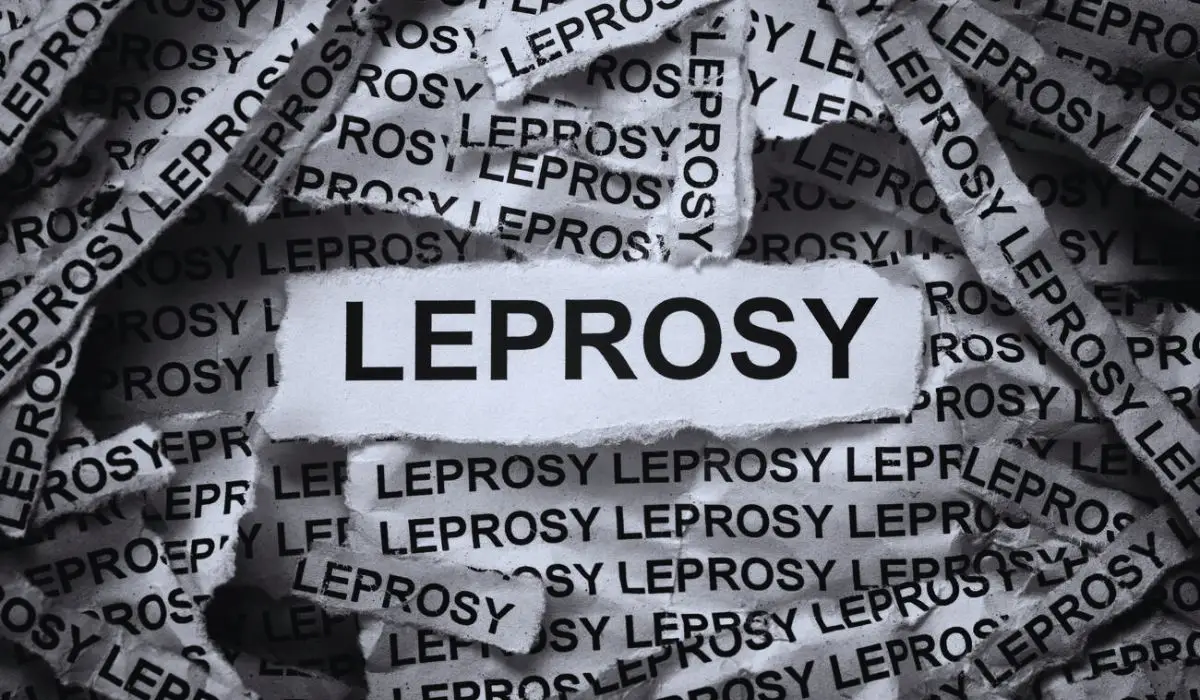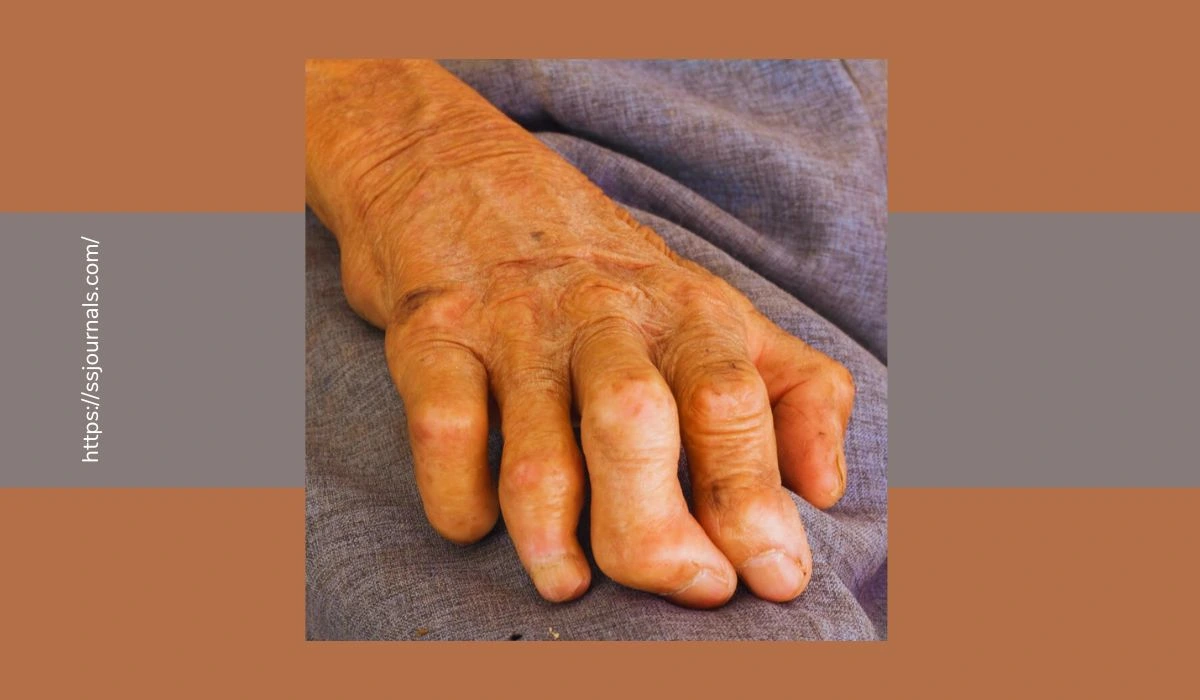Leprosy, also known as Hansen’s disease, is a chronic infectious disease caused by the bacteria Mycobacterium leprae. It mainly affects the skin, peripheral nerves, upper respiratory tract, and eyes. Leprosy is curable with early diagnosis and treatment.
However, without treatment, the disease can cause severe disfigurement and significant disability. Knowing the signs and symptoms of leprosy is crucial for early detection and treatment. This article provides an overview of the common symptoms of leprosy and how to recognize them.
Understanding Leprosy
Leprosy is spread through respiratory droplets from the nose and mouth during close and frequent contact with untreated leprosy patients. The incubation period of leprosy ranges from 2 to 10 years, but symptoms can take as long as 20 years to appear.

The disease progresses slowly and causes damage to the skin, nerves, limbs, and eyes if left untreated. Leprosy affects people of all ages, but it occurs more commonly among those living in poverty with poor nutrition and overcrowding. With early diagnosis, leprosy is fully curable with multi-drug therapy (MDT) treatment.
Common Symptoms Of Leprosy
Some of the common symptoms and signs of leprosy include:
- Skin lesions – The primary visible sign of leprosy. Skin lesions can be flat, raised, numb, or reddish in color. Common locations are the face, arms, legs, back, and buttocks.
- Loss of sensation – Numbness or lack of sensation in fingers, toes, hands, feet, and facial regions due to nerve damage. Loss of sensation increases the risk of inadvertent injuries.
- Skin nodules – Raised bumps under the skin, especially around the face, back, and limbs.
- Nerve pain and weakness – A tingling, burning, shooting pain, or loss of sensation in hands and feet. Can cause weakness and muscle atrophy.
- Eye symptoms – Irritation, blurred vision, corneal ulceration, and dryness in eyes that can lead to blindness.
- Nosebleeds and stuffy nose – Frequent nosebleeds and nasal congestion due to leprosy infection in the nasal passage.
- Facial changes -Facial changes like loss of eyebrows and deepening of facial creases due to leprosy attacking nerves in the face.
- Hair loss – Loss of hair on the head, face, and body.
- Skin dryness – Rough and dry skin with a scaly, cracked appearance.
- Ulcers – Open sores and ulcers on fingers, hands, toes, and feet. Can lead to secondary bacterial infections.
If any of these symptoms are noticed, it is imperative to see a doctor immediately for proper diagnosis and treatment. Delaying treatment can cause permanent damage.
How To Treat Leprosy Effectively?
Leprosy is fully treatable in its early stages before extensive nerve damage occurs. The key is early diagnosis and prompt initiation of multi-drug therapy. Treatment involves taking medications for 6-12 months depending on the type of leprosy:
- Paucibacillary leprosy is treated for 6 months with dapsone and rifampicin.
- Multibacillary leprosy is treated for 12 months with dapsone, rifampicin, and clofazimine.
In addition to medications, proper wound care, rest, nutrition, and nerve pain management are also important. Reconstructive surgery can help correct disabilities and deformities. Consistent follow-up with doctors is required to monitor improvement and watch for drug complications or reactions.
Avoiding close contact with untreated patients prevents transmission during treatment. With early MDT, almost all cases of leprosy can be cured without major disabilities or deformities.
Conclusion
Leprosy is a chronic disease that causes skin lesions, numbness, weakness, and nerve damage if left untreated. Knowing the common signs and symptoms allows for early diagnosis before extensive nerve injury occurs. Treatment in the early stages with multi-drug therapy can fully cure leprosy and minimize disability.
The key is not to ignore any suspicious skin lesions, loss of sensation, or nerve pain and promptly consult a doctor for evaluation. With timely detection and adherence to treatment, the transmission of leprosy can be halted and those affected can be cured of this ancient disease.
FAQ
A: Yes, leprosy is contagious but prolonged, close contact is required for transmission from untreated patients. It is not easily spread in casual contact.
A: Avoiding close contact with untreated leprosy patients prevents transmission. Early diagnosis and treatment of infected patients stop contagion. General hygiene also helps.
A: Without MDT treatment, leprosy can cause nerve damage leading to disability and deformity. It can also lead to blindness. Leprosy reactions during treatment can cause inflammation and tissue injury.
A: Yes, thanks to multi-drug therapy, leprosy is fully curable if detected and treated early before major nerve damage. MDT medications eliminate mycobacterium from the body.
A: Look for pale or reddish skin lesions with loss of sensation, numbness in fingers/toes, tingling nerve pain, bumps under the skin, hair, and eyebrow loss, stuffy nose, nosebleeds, and eye irritation or blurred vision.

